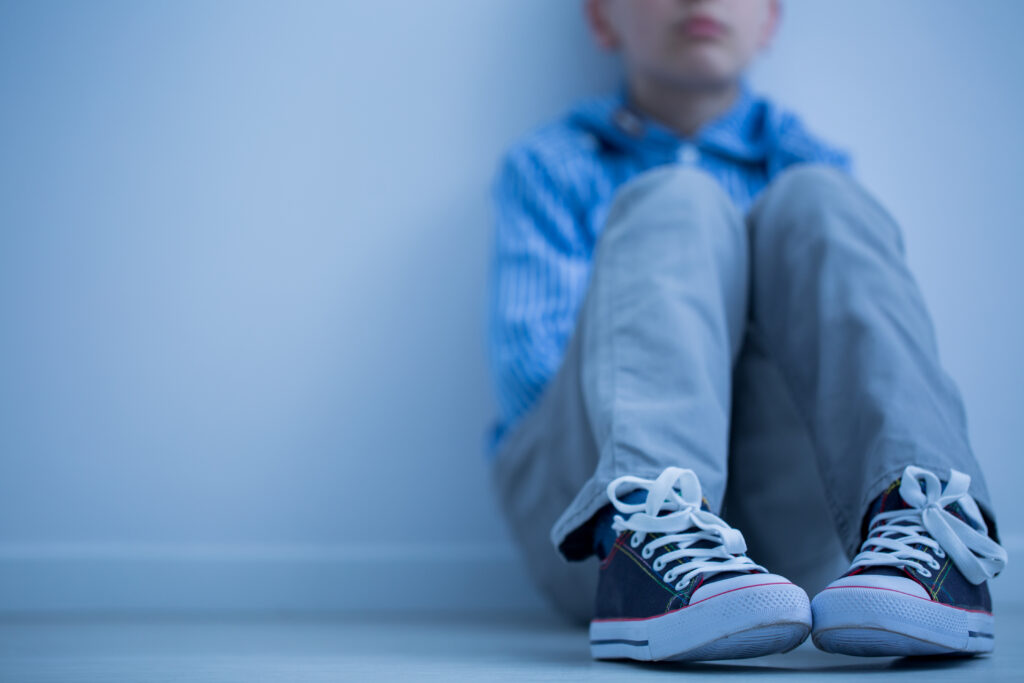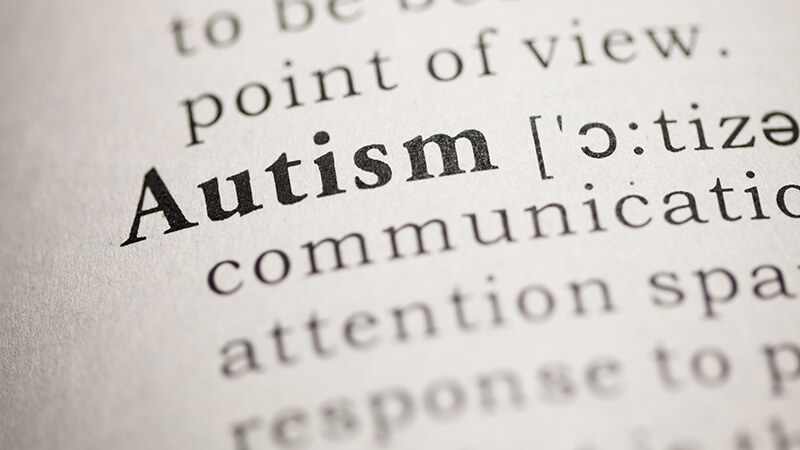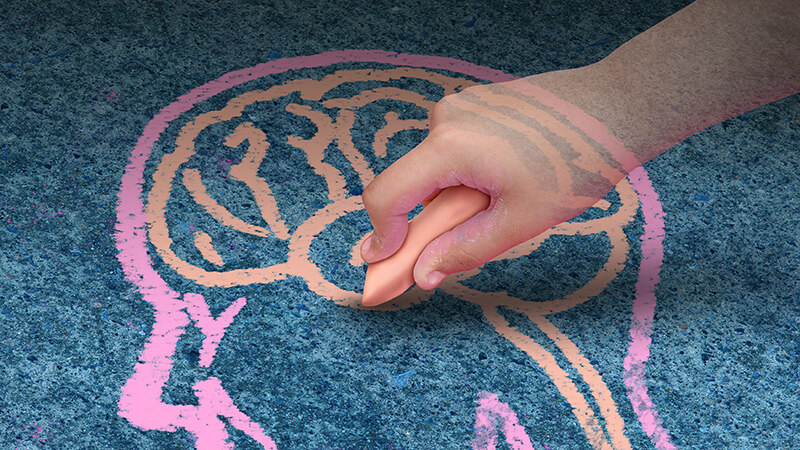Imagine a teenager who avoids social gatherings, feels overwhelmed in conversations, and dreads eye contact. Their parents assume they’re just shy, but deep down, the teen struggles with intense anxiety and an inability to read social cues. Is this social anxiety or autism? Understanding the difference between social anxiety and autism can be life-changing, especially for young adults transitioning to independent living.
Studies show that nearly 40% of individuals with autism also experience social anxiety disorder (SAD). While these conditions share similarities, misdiagnosing one for the other can lead to ineffective treatments. Families navigating this complex landscape need clear, reliable information to support their loved ones.
If your teen is struggling socially, knowing the key differences between autism and social anxiety can help you find the right support. Below, we explore seven essential facts every parent, caregiver, and young adult should know to make informed decisions.
Social Anxiety is Rooted in Fear, Autism is a Neurodevelopmental Condition

Social Anxiety Disorder (SAD) is a mental health condition that stems from an intense fear of judgment and embarrassment in social settings. A teen with SAD often wants to engage with peers but is consumed by the fear that they will say or do something wrong. This fear can be so overwhelming that they avoid social situations altogether, leading to isolation and distress.
Autism Spectrum Disorder (ASD), on the other hand, is a neurodevelopmental condition that affects how an individual processes social information, communicates, and interacts with others. Unlike social anxiety, where fear of judgment is the main issue, autism impacts a person’s ability to naturally interpret social cues and respond in expected ways.
For example, a teen with social anxiety may avoid eye contact because they feel self-conscious about being judged, while a teen with autism might avoid eye contact simply because it feels uncomfortable or unnatural to them. Understanding this distinction is crucial in determining the best approach to support them.
Avoidance in Social Anxiety is Due to Fear, While Autism Often Involves Social Unawareness
A person with social anxiety actively avoids social situations because they are afraid of being embarrassed, making mistakes, or being negatively judged. Even if they want to connect with others, their fear holds them back. They may replay past social interactions in their mind, worrying about what they said or how they were perceived.
Someone with autism, however, may not recognize the unspoken social rules that guide interactions. Their avoidance of social situations might not be because of fear, but rather because they find socializing confusing, exhausting, or uninteresting.
For instance, a teen with autism may interrupt conversations without realizing it’s inappropriate, talk at length about their favorite topic without noticing if the listener is interested, or fail to recognize sarcasm and nonverbal cues. These challenges can make forming relationships difficult, not because of fear, but because of a lack of instinctive social understanding.
Sensory Sensitivities Are Common in Autism, Not in Social Anxiety
A key difference between social anxiety and autism is the presence of sensory processing difficulties. Many individuals with autism experience hypersensitivity or hyposensitivity to sensory input. This means they may become overwhelmed by loud noises, bright lights, strong smells, or even certain textures of clothing.
For example, a young adult with autism may struggle to attend a social event, not because they are afraid of interacting, but because the background noise is overwhelming, the lighting is too bright, or the sensation of certain fabrics on their skin is distressing.
Social anxiety, on the other hand, is not linked to sensory processing issues. While a crowded room might make someone with social anxiety feel uncomfortable, it is usually due to fear of being judged or feeling out of place, rather than sensory overload.
Social Anxiety Involves Overthinking, Autism Involves Social Processing Differences
A young adult with social anxiety tends to overanalyze their social interactions. They may replay conversations in their mind, obsess over what they said, or fear they embarrassed themselves, even if nothing was wrong. This overthinking often leads to avoidance behaviors, as they fear future interactions will be just as stressful.
In contrast, autism involves differences in social processing, meaning the individual may not pick up on unspoken social cues or may not understand why certain behaviors are expected. They may not overthink their interactions in the same way someone with social anxiety does, but they might struggle to navigate social norms.
For example, sarcasm and jokes might go over their head, leading to confusion or misunderstandings. They may also speak in a very direct manner, which can sometimes be perceived as blunt or rude, even though there is no intent to offend.
Autism is Present from Birth, Social Anxiety Can Develop Later
Autism is a lifelong neurodevelopmental condition, meaning it is present from birth. Signs of autism often appear in early childhood, including:
- Delayed speech or unusual language patterns
- Limited interest in social interactions
- Repetitive behaviors or fixations on specific interests
- Difficulty with imaginative or pretend play
Social anxiety, on the other hand, often develops later in childhood or adolescence. It is usually triggered by negative social experiences, bullying, trauma, or extreme self-consciousness. A child who was once social may suddenly begin withdrawing due to increasing fear of social situations.
Recognizing these different developmental patterns can help ensure that the right interventions are provided at the right time.
Both Conditions Can Lead to Isolation and Depression

Regardless of whether a teen has autism or social anxiety, untreated social difficulties can lead to isolation, low self-esteem, and depression.
- Young adults with social anxiety often feel lonely because they want to socialize but fear rejection or embarrassment.
- Those with autism may struggle with loneliness because they lack the necessary social skills to build and maintain relationships.
Without support, these challenges can significantly impact mental health, education, career opportunities, and overall well-being.
Treatment Approaches Differ: Therapy vs. Social Skills Training
Because social anxiety and autism have different causes, their treatment approaches also differ:
- Social Anxiety is typically treated with Cognitive Behavioral Therapy (CBT), which helps individuals identify negative thought patterns, challenge irrational fears, and gradually expose themselves to social situations in a controlled manner.
- Autism interventions focus on social skills training, occupational therapy, speech therapy, and sensory integration therapy to help individuals develop the skills they need to navigate social interactions more effectively.
A personalized approach is essential to ensure the individual receives the right type of support based on their specific challenges.
Key Takeaways
Understanding the difference between social anxiety and autism is crucial in providing the right support for young adults struggling with social difficulties. While social anxiety is driven by fear of judgment and embarrassment, autism is a neurodevelopmental condition that affects social communication and processing. Identifying these differences early can lead to more effective interventions, better mental health outcomes, and a stronger foundation for independence.
Both conditions can lead to isolation, depression, and difficulty forming relationships, but the right diagnosis ensures access to proper therapies and coping strategies. Social anxiety is best treated with Cognitive Behavioral Therapy (CBT) and exposure therapy, while autism interventions focus on social skills training, occupational therapy, and structured support. By understanding these differences, parents and caregivers can empower their young adults with the tools they need to succeed in social, academic, and professional settings.
How Can New Directions for Young Adults Help You?
If your teen or young adult struggles with social difficulties, New Directions for Young Adults provides specialized support to help them transition into independent living. Our team offers personalized therapeutic interventions, life skills training, and guidance in building confidence and meaningful social connections. With the right approach, young adults with autism or social anxiety can thrive in their personal and professional lives.
Located in Deerfield Beach, FL, our program is designed to help individuals navigate the challenges of adulthood while receiving professional and compassionate support. We are committed to fostering growth, independence, and success through evidence-based strategies tailored to each individual’s needs. Call us today at (954) 571-5102 or visit us at 3275 W Hillsboro Blvd #110, Deerfield Beach, FL 33442 to learn more about how we can help.
FAQs about Difference Between Social Anxiety and Autism
1. Can someone have both social anxiety and autism simultaneously?
Yes, it’s possible for an individual to be diagnosed with both conditions, as they can co-occur.
2. How can I determine if my child’s social difficulties are due to social anxiety or autism?
Consulting with a healthcare professional experienced in developmental and mental health disorders is essential for an accurate diagnosis.
3. Are there specific therapies effective for both social anxiety and autism?
While some therapeutic approaches may benefit both conditions, treatments are typically tailored to the individual’s specific diagnosis and needs.
4. Can early intervention improve outcomes for children with social anxiety or autism?
Yes, early intervention can lead to better social and developmental outcomes for children with either condition.





